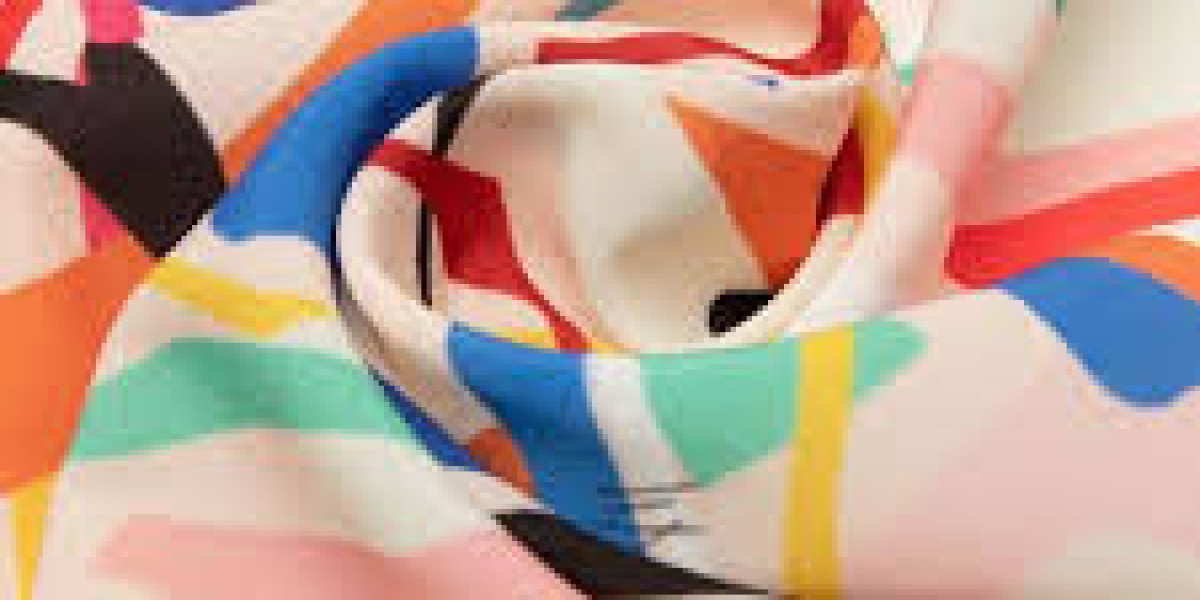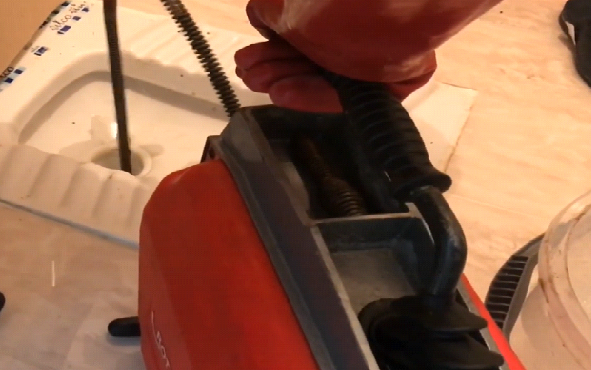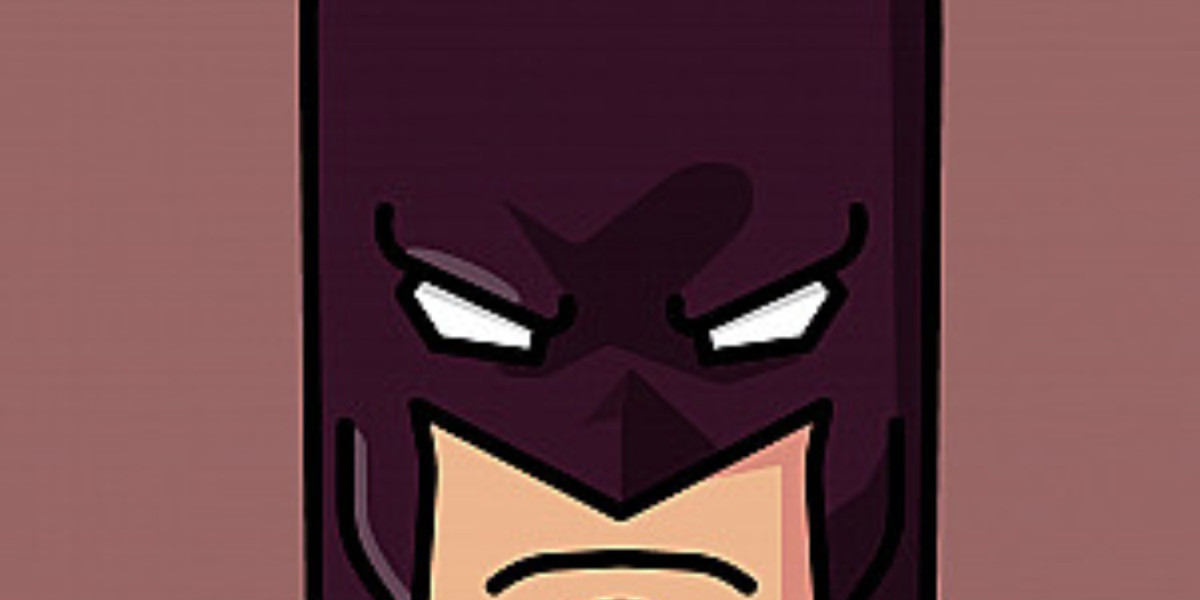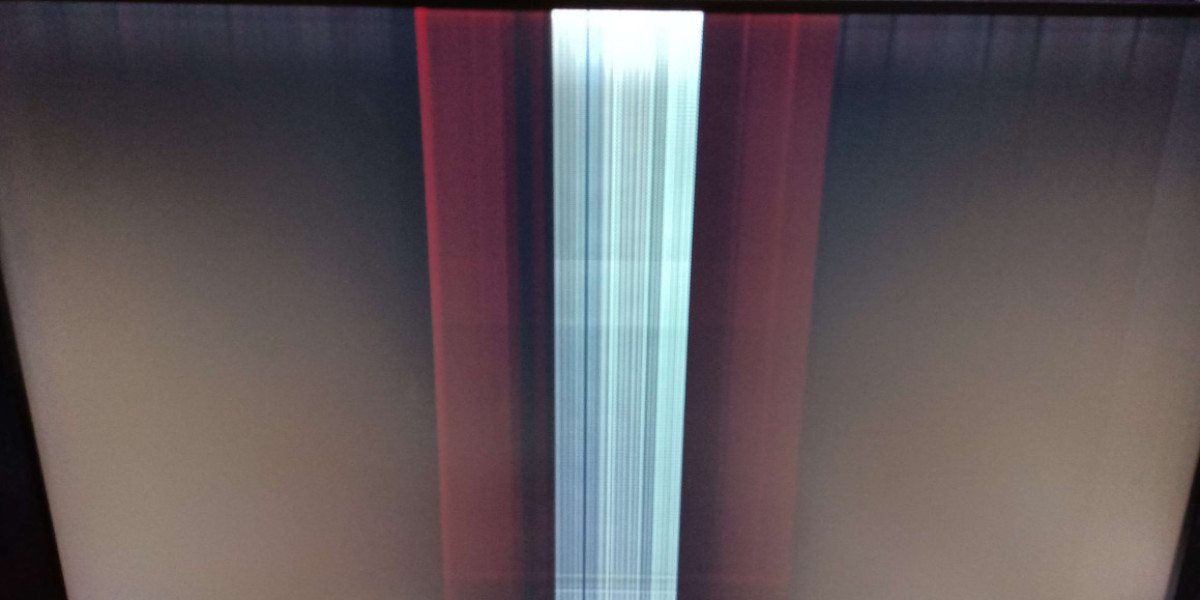The textile world is changing — and at the heart of this transformation is custom digital textile printing. As technology advances, the demand for creativity, personalization, and sustainability continues to grow. This modern printing method has redefined how fabrics are designed and produced, enabling designers, brands, and manufacturers to create unique, high-quality, and eco-friendly textiles faster than ever before.
From fashion runways to home décor and personalized merchandise, custom digital textile printing allows limitless artistic expression and precision. It’s not just a printing process — it’s an evolution in the way we bring ideas to life on fabric.
What is Custom Digital Textile Printing?
Custom digital textile printing is the process of printing designs directly onto fabric using digital inkjet technology. Unlike traditional printing, which requires screens, dyes, and lengthy setup, digital printing allows you to print any image, color, or pattern instantly from a computer file.
The “custom” aspect gives designers the power to create unique, personalized designs — whether for one piece or thousands — without the cost and waste of traditional printing. It’s fast, flexible, and perfect for today’s creative and sustainable textile industry.
How Does Digital Textile Printing Work?
The process behind digital textile printing combines creativity, chemistry, and precision engineering.
1. Designing the Artwork
Designers create digital files using software like Adobe Illustrator or Photoshop. Every element — color, shape, texture — can be fine-tuned with absolute control.
2. Pre-Treating the Fabric
Before printing, fabrics are treated with a coating that helps the ink adhere properly, ensuring rich colors and lasting results.
3. Printing on Fabric
The treated fabric is loaded into a digital printer that sprays microscopic droplets of ink directly onto the material. High-end printers can print in millions of color shades, producing photo-quality results.
4. Fixation and Finishing
After printing, the fabric is steamed or heat-set to fix the ink permanently. The final step includes washing, drying, and finishing for a smooth and durable finish.
Types of Inks Used in Digital Textile Printing
Each fabric type requires specific ink chemistry for vibrant, long-lasting prints.
Reactive Inks
Used mainly for natural fibers like cotton, rayon, and linen, reactive inks provide vivid colors and excellent wash durability.
Acid Inks
Perfect for silk and wool fabrics, acid inks deliver deep, luxurious shades with strong colorfastness.
Disperse and Sublimation Inks
Ideal for polyester and synthetic fabrics, these inks bond with fibers during heat processing, producing bright and permanent prints.
Pigment Inks
A versatile, eco-friendly option suitable for multiple fabrics. Pigment inks require less water and energy, making them ideal for sustainable production.
Advantages of Custom Digital Textile Printing
1. Endless Creative Freedom
Digital textile printing allows unlimited design possibilities — from complex graphics to photorealistic images. Designers are no longer restricted by color limits or pattern size.
2. Cost-Effective for Small Runs
Unlike traditional printing, which requires expensive screen setups, digital printing is economical even for small orders or one-off designs.
3. Fast and Efficient Production
No more waiting for screen preparation or color mixing — designs can be printed and delivered in record time, ideal for fast fashion and on-demand manufacturing.
4. Environmentally Friendly
Digital printing significantly reduces water, dye, and energy usage. It’s one of the most eco-conscious printing technologies available today.
5. High-Resolution Quality
Modern digital printers produce crisp, detailed, and consistent results that retain brightness and clarity even after multiple washes.
Applications of Custom Digital Textile Printing
Fashion and Apparel
From haute couture to everyday wear, digital printing lets designers experiment freely with colors, patterns, and textures. Limited-edition collections and bespoke fashion pieces are now easier to create.
Home Furnishings
Cushions, curtains, bed linens, and upholstery fabrics can all be customized to match any interior theme, offering endless design options for home décor.
Sportswear and Performance Fabrics
Sublimation printing on polyester delivers vivid colors and durable prints, making it perfect for athletic and performance wear.
Advertising and Displays
Fabric banners, signage, and exhibition backdrops benefit from vibrant, lightweight, and wrinkle-free prints ideal for branding.
Personalized Products
From scarves to tote bags, digital printing enables affordable customization — perfect for gifts, small businesses, and promotional items.
Sustainability in Digital Textile Printing
The fashion and textile industries are known for high water and chemical consumption, but digital textile printing offers a cleaner, greener alternative.
Water Conservation: It uses up to 95% less water than traditional dyeing methods.
Reduced Waste: Prints only what is needed, eliminating fabric and dye wastage.
Eco-Friendly Inks: Water-based inks are non-toxic and biodegradable.
Energy Efficiency: Digital processes use less energy, reducing the overall carbon footprint.
On-Demand Production: Small-batch printing helps avoid overproduction and excess inventory.
In an age where sustainability is essential, digital textile printing represents a step toward a more responsible and ethical textile industry.
Challenges of Digital Textile Printing
While this technology offers countless benefits, there are still some challenges to overcome:
High Equipment Costs: Industrial digital printers can be expensive initially.
Fabric Compatibility: Some materials need special pre-treatments.
Speed for Mass Production: Traditional rotary printing can still be faster for very large runs.
Ink Costs: Specialized inks are more costly, though efficiency offsets this over time.
Despite these limitations, continuous innovation is making digital textile printing faster, more affordable, and widely accessible.
The Future of Custom Digital Textile Printing
The future of fabric printing is undeniably digital. With ongoing advancements in AI-driven color management, automated workflow systems, and eco-friendly ink formulations, this technology is set to dominate the global textile market.
Additionally, the rise of on-demand fashion aligns perfectly with digital printing — producing fabrics only when needed, reducing waste, and meeting consumer demand for personalization.
The next generation of digital printers promises faster speeds, smarter automation, and broader material compatibility, bringing together artistry, technology, and sustainability in perfect harmony.
FAQs
What makes digital textile printing different from traditional printing?
Digital textile printing uses computer-controlled printers to apply ink directly onto fabric, eliminating the need for screens and allowing unlimited color options.
Is digital textile printing suitable for all fabrics?
Yes, though different fabrics require specific inks and pre-treatments for the best results. Cotton, silk, polyester, and blends can all be digitally printed.
How durable are digital prints?
With proper fixation, digital prints are durable, vibrant, and resistant to fading or washing.
Is it cost-effective for small businesses?
Absolutely. Since there’s no setup cost, even small orders or prototypes can be produced affordably.
Is digital textile printing environmentally friendly?
Yes, it uses less water and energy, produces minimal waste, and utilizes non-toxic, eco-friendly inks.
Conclusion
Custom digital textile printing is more than just a trend — it’s a technological revolution that blends creativity, speed, and sustainability. It empowers designers to transform imagination into reality, enables manufacturers to produce efficiently, and supports an eco-conscious future for the textile industry.
From personalized fashion to custom interiors, this printing method has unlocked new levels of design freedom. As innovation continues, digital textile printing will remain the leading force driving creativity, sustainability, and growth across global fabric design.








